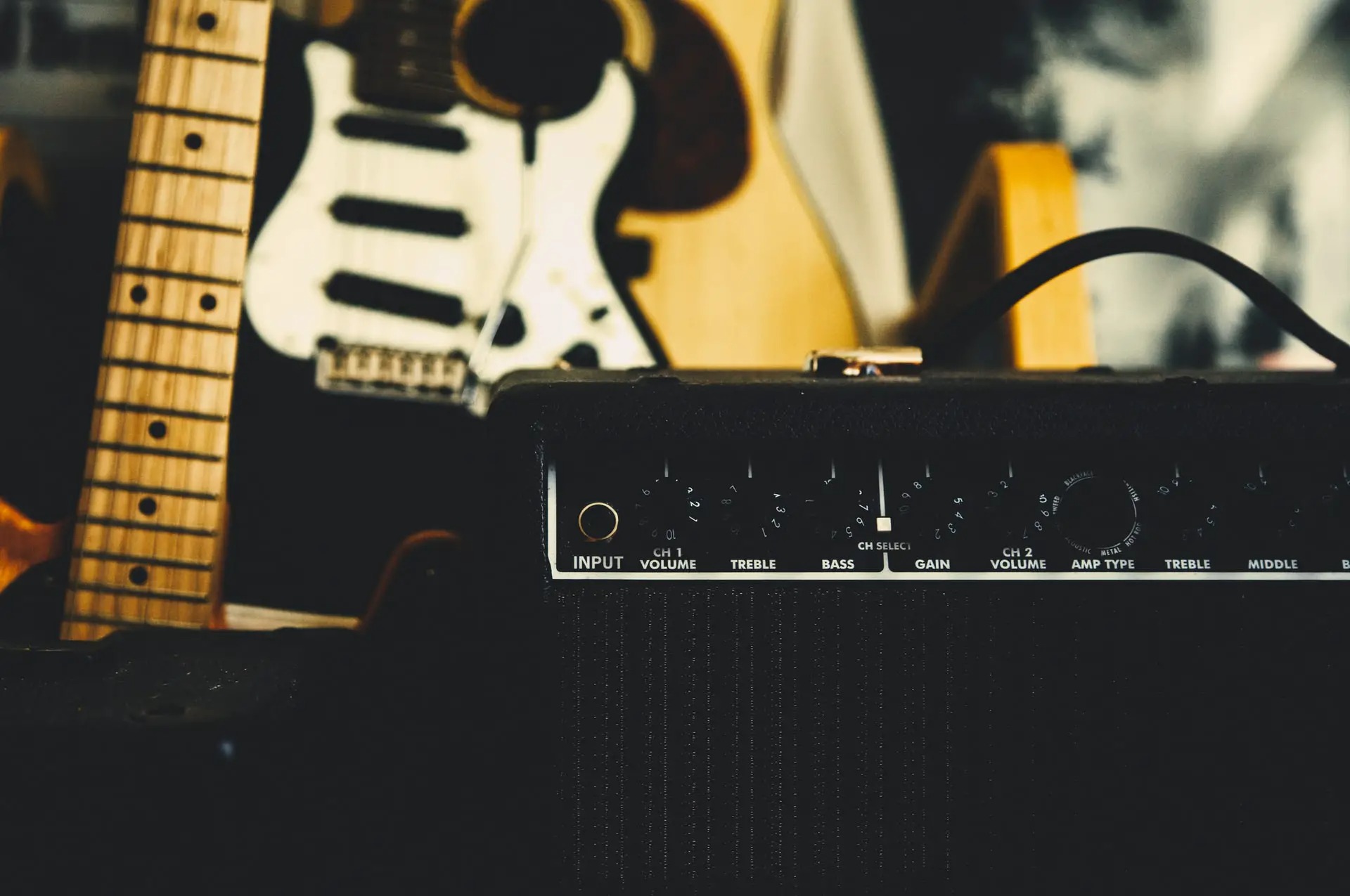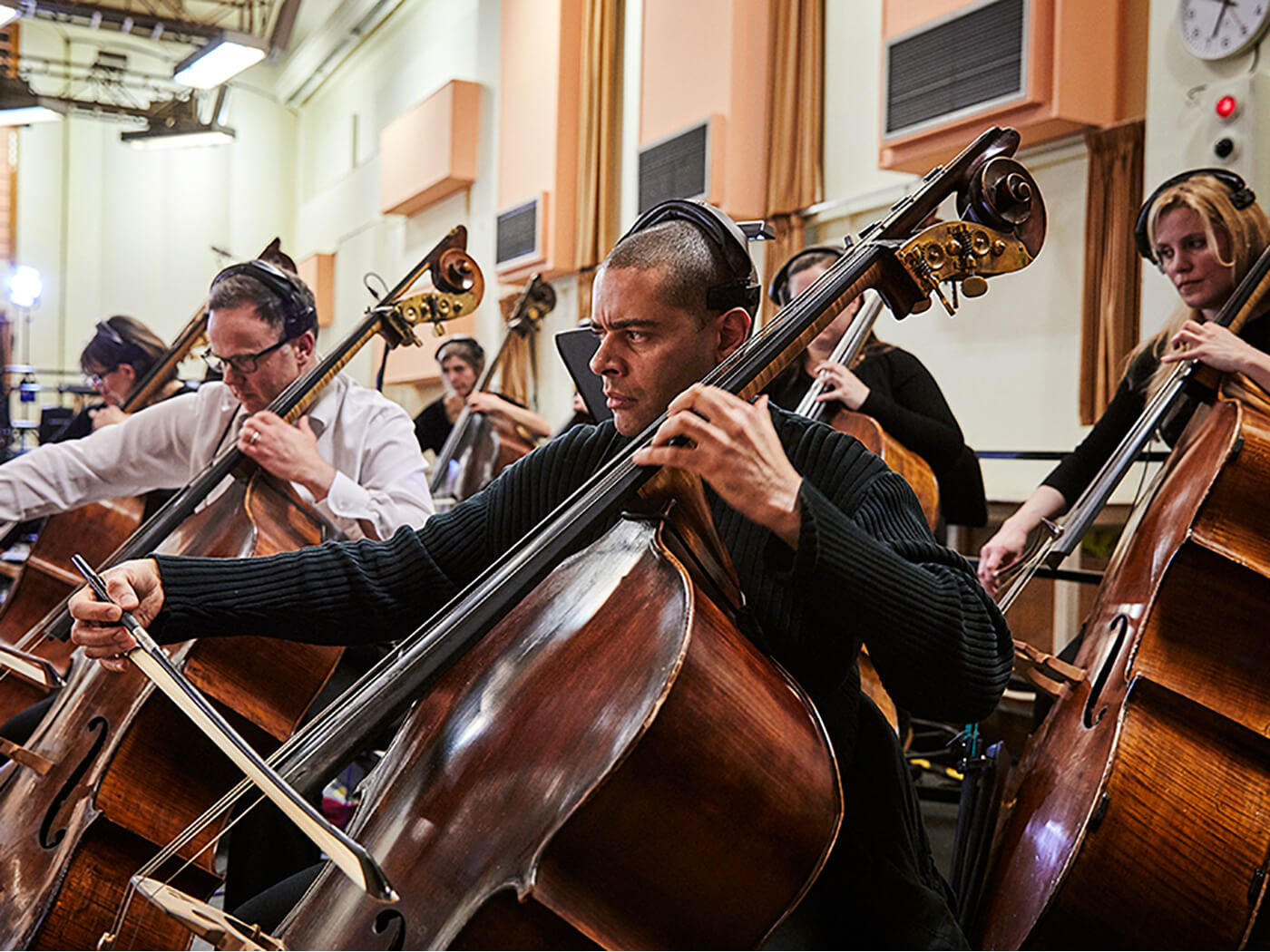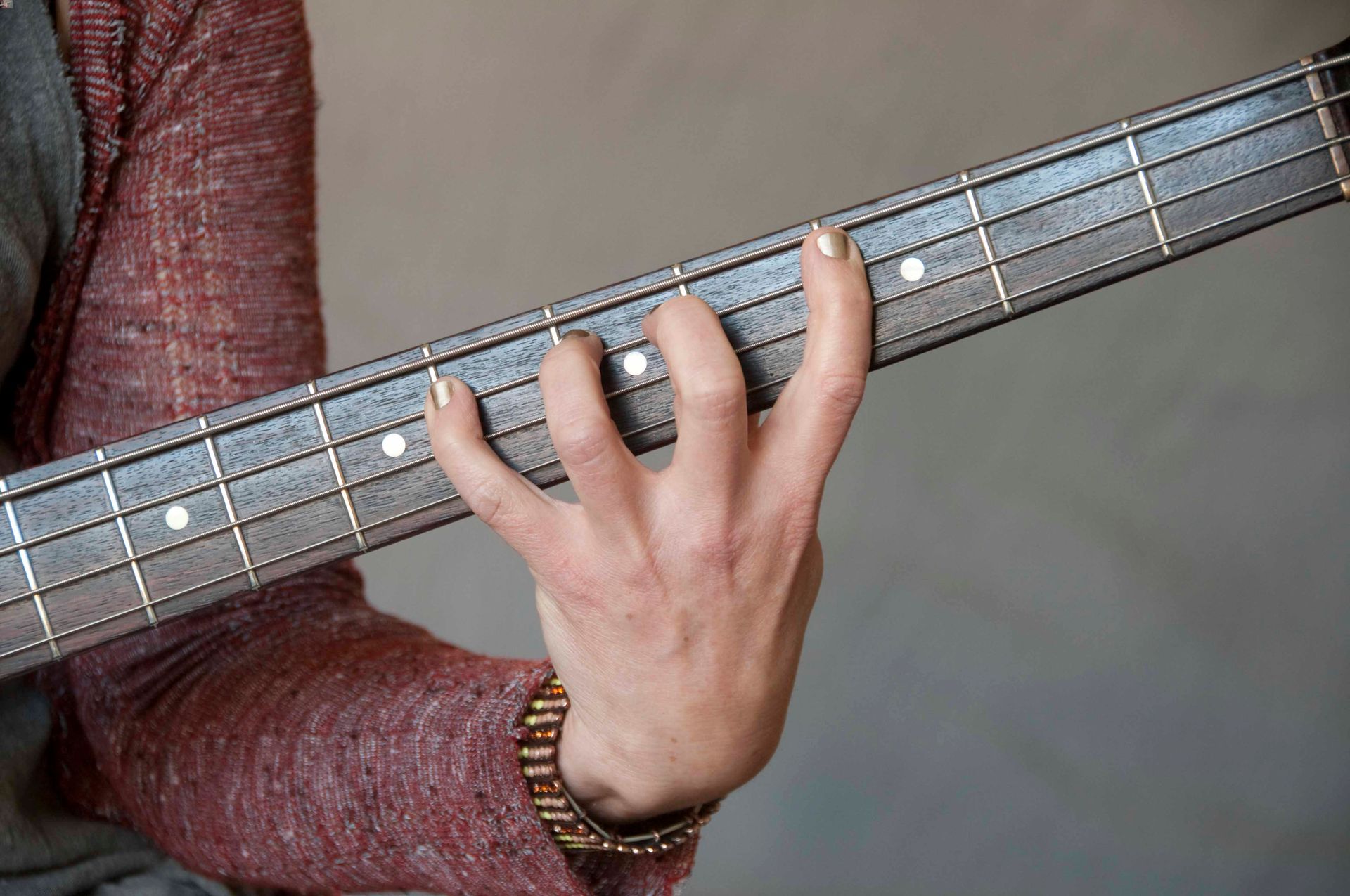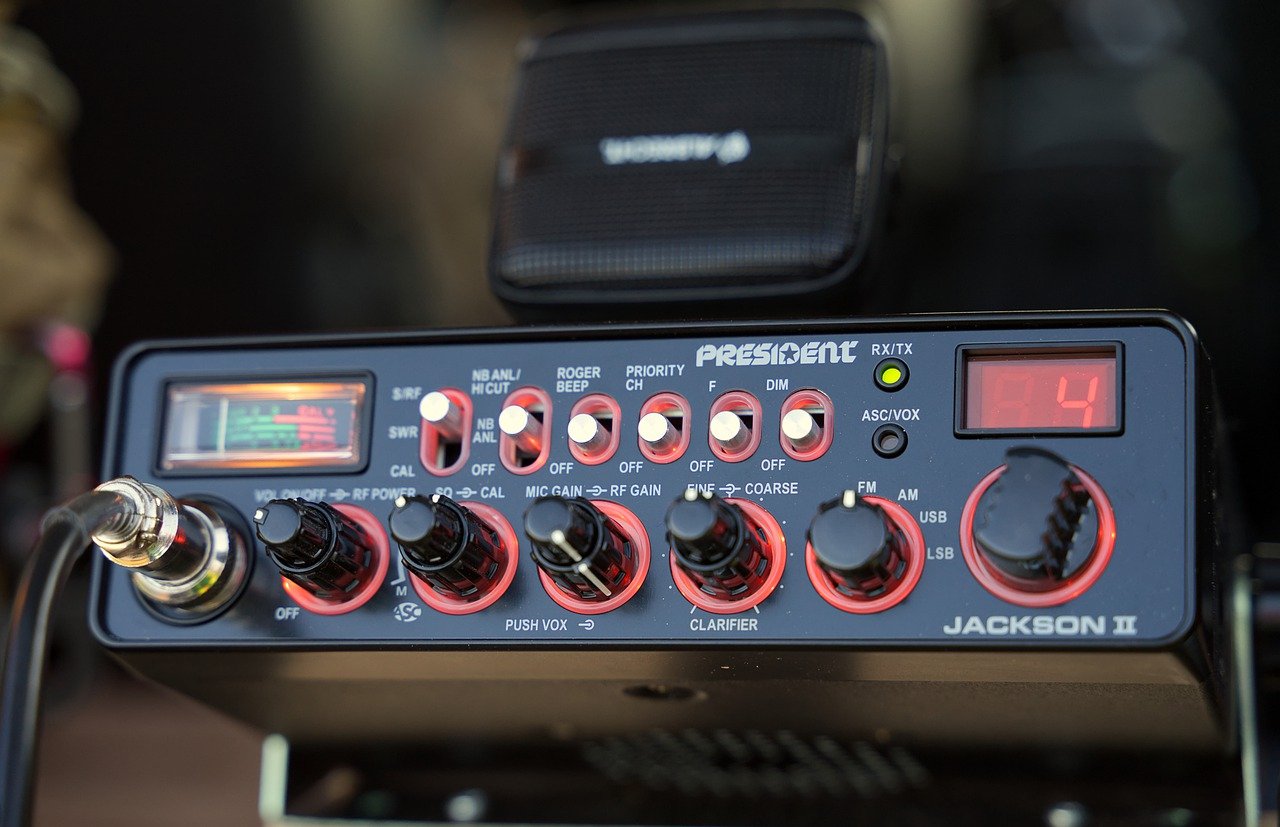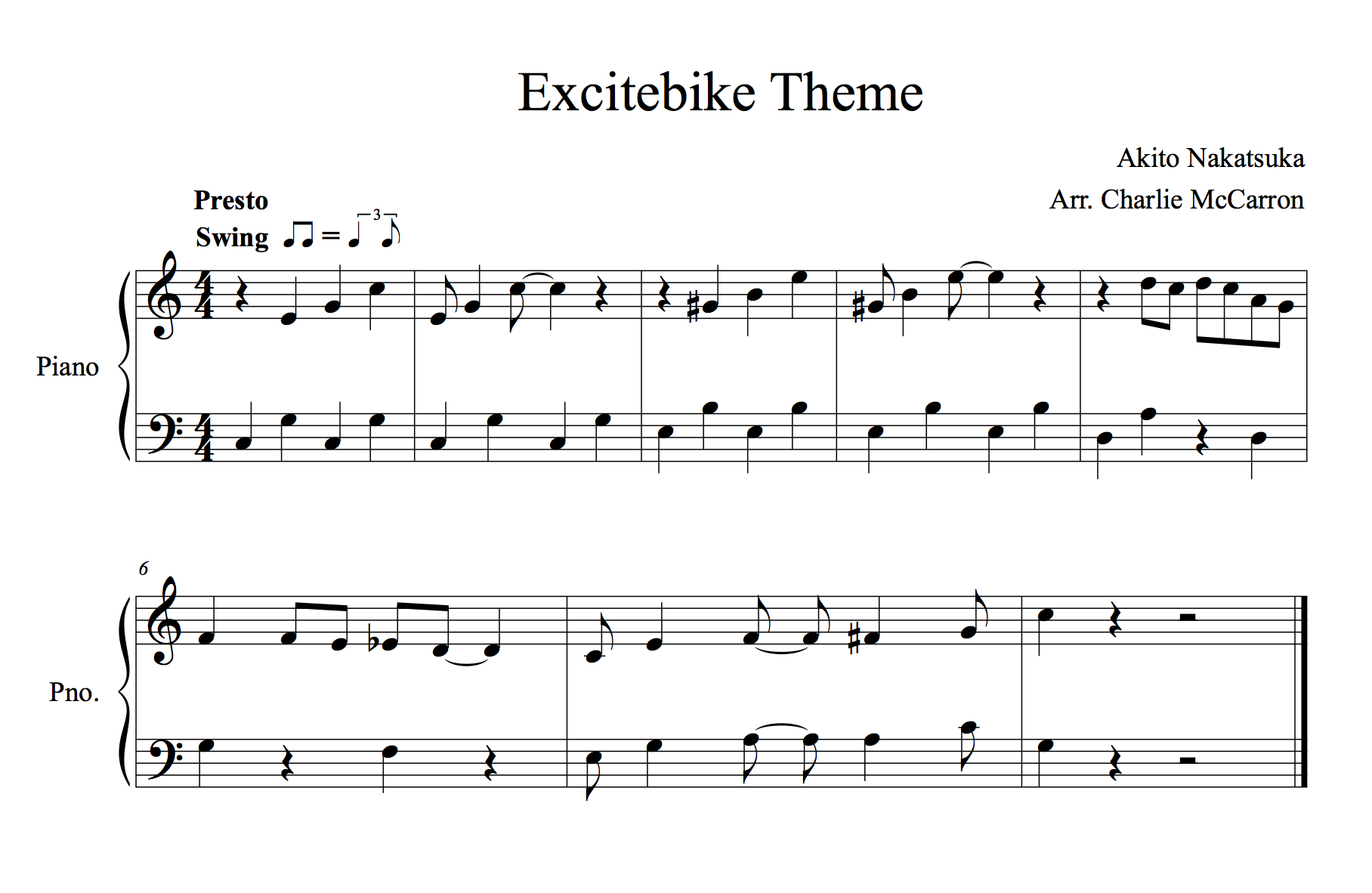Home>Instruments>Bass>How Many Watts For A Bass Amp


Bass
How Many Watts For A Bass Amp
Modified: January 22, 2024
Find out the ideal wattage for your bass amp and improve your bass playing experience. Learn how to choose the right amp for your bass guitar.
(Many of the links in this article redirect to a specific reviewed product. Your purchase of these products through affiliate links helps to generate commission for AudioLover.com, at no extra cost. Learn more)
Table of Contents
Introduction
When it comes to playing the bass guitar, having a powerful and reliable amplifier is essential. The bass amp not only amplifies the sound of the instrument but also adds depth, richness, and clarity to the low-end frequencies that are fundamental to the bass sound.
One critical aspect to consider when choosing a bass amp is the wattage. The wattage of a bass amp determines its power output and the volume it can produce. Understanding the relationship between wattage and the requirements of different settings and playing styles is crucial for finding the right amp for your needs.
In this article, we will explore the world of bass amp wattage and provide you with valuable insights to help you make an informed decision. From understanding the basics of watts and power to exploring the factors to consider and offering tips for choosing the right wattage, we’ve got you covered.
So, whether you are a beginner looking for your first bass amp or a seasoned musician searching for an upgrade, join us as we delve into the world of bass amp wattage and guide you towards finding the perfect amplifier to take your bass playing to new levels.
Understanding Watts and Power
Before diving into the world of bass amp wattage, it’s essential to understand the concept of watts and power. In simple terms, watts are a measure of electrical power. In the context of amplifiers, watts indicate how loud and powerful the amplifier can be.
When it comes to bass amps, higher wattage generally means more power and volume. However, it’s important to note that watts alone don’t determine the overall quality of the sound. Other factors, such as the quality of the components and design of the amp, also play a significant role in achieving great bass tone.
It’s worth mentioning that the relationship between wattage and volume is not linear. Doubling the wattage does not mean you will get double the volume. In fact, a ten-fold increase in wattage is required to roughly double the perceived volume. Therefore, going from a 50-watt amp to a 500-watt amp will not necessarily result in ten times the volume.
It’s also important to consider the speaker efficiency when understanding the impact of wattage on volume. Speakers with higher efficiency can produce more volume with less power, while speakers with lower efficiency will require more power to achieve the same volume level.
Additionally, it’s essential to note that not all watts are created equal. The wattage rating of a bass amp usually refers to the peak power output it can achieve for short bursts. The continuous power output, which reflects the sustainable power the amp can provide, is often lower than the peak rating. This distinction is particularly important when it comes to maintaining steady and consistent volume over an extended period.
Now that we have a basic understanding of watts and power, let’s move on to explore the factors to consider when choosing the right wattage for your bass amp.
Factors to Consider for a Bass Amp
Choosing the right wattage for your bass amp involves taking into account several factors. Consider the following aspects to ensure you find an amplifier that meets your needs and delivers the desired performance:
Intended Use: Think about how you plan to use the bass amp. Will you be playing in small venues, recording in a studio, or performing in larger venues? The intended use will help determine the appropriate wattage for your needs. For example, a low-wattage amp may be sufficient for home practice or small gigs, while a higher-wattage amp will be necessary to fill larger venues with sound.
Genre and Playing Style: Take into account the genre of music you primarily play and your playing style. If you play in a band or genre that requires a more aggressive or punchy bass sound, you might need higher wattage to achieve the desired tone and volume. On the other hand, if you play in a jazz or acoustic setting where a cleaner and more subdued sound is desired, lower wattage may suffice.
Band dynamics: Consider the dynamics of your band. If you play in a loud and energetic band where other instruments are also amplified, you may need more wattage to cut through the mix and maintain a balanced sound. However, if you play in smaller ensembles or with acoustic instruments, lower wattage may be more suitable.
Venue Size: The size of the venues you typically perform in will also influence the wattage you require. Larger venues usually require more power to provide proper coverage and volume. If you primarily play in intimate venues, a lower-wattage amp should suffice. However, if you have aspirations to play in larger venues, investing in a higher-wattage amp will be necessary.
Tone Preferences: Consider your personal tone preferences. Some bassists prefer a clean and transparent sound, while others prefer a more driven and saturated tone. Higher-wattage amps often provide more headroom, allowing you to achieve a cleaner tone even at higher volumes. If you prefer a cleaner and more articulate sound, a higher-wattage amp might be the way to go.
By taking these factors into consideration, you’ll be better equipped to determine the appropriate wattage for your bass amp. In the next section, we will explore the recommended wattage ranges for different settings and playing scenarios.
Recommended Wattage for Different Settings
When it comes to choosing the right wattage for your bass amp, it’s helpful to have some general guidelines for different settings and playing scenarios. While personal preference and specific circumstances can vary, the following recommendations can serve as a starting point:
- Home Practice: For home practice and small rehearsals, a bass amp with wattage ranging from 10 to 30 watts should be sufficient. This range provides enough volume for personal practice without overwhelming the space.
- Small Venues: For playing in small clubs, coffee houses, or intimate venues, a bass amp with wattage between 30 to 100 watts is typically suitable. This range allows you to achieve enough volume and projection to fill the space without overpowering it.
- Medium-Sized Venues: If you frequently perform in medium-sized venues, such as small theaters or medium-sized clubs, a bass amp with wattage ranging from 100 to 300 watts is recommended. This wattage range provides ample power and volume to cut through the mix and reach the audience.
- Large Venues: Playing in larger venues, such as concert halls or outdoor stages, requires bass amps with higher wattage. In these situations, consider a bass amp with wattage exceeding 300 watts or even higher. This ensures enough power and volume to project your bass sound effectively to a larger audience.
- Studio Recording: When it comes to studio recording, the wattage requirement may vary depending on the specific studio setup and the sound engineer’s preferences. In many cases, lower wattage bass amps ranging from 10 to 50 watts can be used effectively, as studios have the means to capture and amplify the sound without relying solely on the amp’s volume.
Remember that these recommendations are general guidelines and can vary based on the factors mentioned earlier, such as genre, playing style, and band dynamics. Take the time to evaluate your specific needs and preferences before making a final decision.
Next, we will explore the importance of matching speaker cabinets with bass amps to optimize your overall sound and performance.
Matching Speaker Cabinets with Bass Amps
Choosing the right wattage for your bass amp is only one piece of the puzzle. Equally important is matching your amp with the appropriate speaker cabinet. The speaker cabinet plays a crucial role in shaping the overall sound and maximizing the performance of your bass amp.
When selecting a speaker cabinet, consider the following factors:
Power Handling: Ensure that the power handling capability of the speaker cabinet matches or exceeds the power output of your bass amp. It’s important to avoid underpowering or overpowering the speaker cabinet, as this can lead to poor sound quality and potential damage to the speakers.
Speaker Configuration: Different speaker cabinets come with various speaker configurations, such as single speakers (1×12), dual speakers (2×10), or even multiple speakers (4×10, 8×10). Each configuration offers its own tonal characteristics and dispersion patterns. Choose a speaker configuration that complements your playing style and desired sound.
Impedance: Pay attention to the impedance rating of both your bass amp and the speaker cabinet. Matching the impedance ensures the optimal transfer of power between the amp and the speakers. If the impedance doesn’t match, the amp may not perform at its best, and you may experience a loss in tone and volume.
Tonal Balance: Consider the tonal characteristics you want to achieve with your bass sound. Different speaker cabinets can have different tonal qualities, such as warm and punchy or bright and articulate. Experiment with different speaker cabinets to find one that complements your playing style and desired tone.
By matching your bass amp with an appropriately-sized and compatible speaker cabinet, you can optimize the overall sound and performance of your bass rig. It ensures that you’re delivering the right amount of power to the speakers while maintaining tonal accuracy and clarity.
In the next section, we’ll discuss the importance of headroom and its impact on bass amp wattage selection.
The Importance of Headroom
When considering the wattage for your bass amp, it’s essential to understand the concept of headroom. Headroom refers to the extra power or wattage capacity that an amplifier has beyond its normal operating level. It allows the amp to handle dynamic peaks without distorting or clipping the sound.
Having adequate headroom is crucial for bass players, as it ensures that your amp can handle sudden spikes in volume or dynamic playing without sacrificing tone quality. It also prevents the amp from sounding muddy or distorted when pushed to higher volumes.
Without sufficient headroom, your bass amp may begin to distort or clip when you play at higher volumes or with increased intensity. This distortion can negatively impact the sound quality and lead to a loss of clarity and articulation. On the other hand, having ample headroom allows your amp to handle these peaks smoothly and maintain a clean and defined bass tone.
Choosing an amp with enough headroom also provides flexibility for various playing styles and genres. If you’re a bassist who likes to play with a lot of dynamics or relies on expressive playing techniques, having headroom ensures that your amp can accurately reproduce these nuances.
When selecting a bass amp, it’s generally recommended to choose one with a higher wattage to ensure sufficient headroom. By having more power on tap, you can keep your amp running comfortably within its operating range, even during demanding performances or when playing with a full band.
Keep in mind that headroom requirements may vary depending on your playing style, the genre of music you play, and the specific sonic characteristics you desire. Experimenting with different amp wattages and speaker configurations can help you find the right balance of power and headroom for your bass rig.
Now that we’ve covered the importance of headroom, let’s delve into the effects of underpowering or overpowering a bass amp in the next section.
Effects of Underpowering or Overpowering a Bass Amp
The wattage of your bass amp plays a crucial role in achieving the desired sound and performance. Using an underpowered or overpowering amp can have significant effects on your tone, sound quality, and potentially even your equipment. Let’s explore the effects of both scenarios:
Underpowering: Using an amp with insufficient wattage can result in several negative consequences. When underpowered, the amp may struggle to provide enough volume and headroom, leading to a thin, weak, and distorted sound when pushed beyond its limits. This can be especially problematic when playing in larger venues or with a band, as the amp may lack the necessary power to cut through the mix. Additionally, underpowered amps are more prone to overheating and may experience premature wear and tear, potentially leading to equipment failure.
Overpowering: On the other hand, using an amp with excessive wattage can also cause problems. When subjected to higher volumes, overpowering a speaker cabinet can strain the speakers, leading to their premature failure or damage. Additionally, overpowering an amp can limit its dynamic range and tonal capabilities, as the amp may be driven into distortion even at lower volume levels. It’s important to note that excessive wattage does not necessarily guarantee better tone or sound quality. It’s essential to find a balance between the amp’s power and the speaker’s handling capability to achieve optimal performance.
Both underpowering and overpowering can have detrimental effects on your overall sound and the longevity of your equipment. That’s why it’s crucial to consider the specific requirements of your playing situation and match your amp’s wattage with a suitable speaker cabinet that can handle the power.
By finding the right balance between power and speaker capacity, you can ensure that your bass amp performs optimally and that you achieve the desired tone and volume without risking damage to your gear.
In the next section, we’ll provide some helpful tips for choosing the right wattage for your bass amp based on your specific needs and preferences.
Tips for Choosing the Right Wattage for Your Bass Amp
Choosing the right wattage for your bass amp is crucial for achieving the desired sound, performance, and longevity of your equipment. Here are some helpful tips to consider when selecting the wattage for your bass amp:
Consider your intended use: Determine how you plan to use the bass amp. Are you a bedroom player, a gigging musician, or a studio recording artist? Understanding your intended use will help narrow down the appropriate wattage range for your needs.
Evaluate your playing style and genre: Different playing styles and genres have varying volume requirements and tonal demands. Consider whether you play in a band, the style of music you predominantly play, and how much volume you need to cut through the mix. This will influence the amount of wattage you require for your bass amp.
Assess the venue sizes you perform in: Think about the typical sizes of the venues you play in. If you primarily perform in small clubs or coffeehouses, lower wattage amps may suffice. However, if you regularly play in larger venues or outdoor stages, you’ll need a higher-wattage amp to ensure adequate volume projection.
Test different wattage options: If possible, try out different bass amps with varying wattages before making a purchase. Experiment with different wattage levels and speaker configurations to find the combination that best suits your playing style, tone preferences, and desired volume levels.
Consider the importance of headroom: Remember that having sufficient headroom is crucial for maintaining clean and dynamic sound, especially in demanding playing situations. Opting for slightly higher wattage than you think you need can provide that extra headroom and flexibility.
Factor in your budget and future aspirations: Determine how much you’re willing to invest in your bass amp. While higher-wattage amps tend to be more expensive, they can provide you with the power and performance you need as your playing progresses. Consider your future aspirations and whether you may need a more powerful amp for larger gigs or recordings.
By considering these tips and factors, you’ll be better equipped to choose the right wattage for your bass amp. Remember, finding the perfect balance between power, tone, and reliability is the key to achieving the best sound and performance for your bass playing.
Now let’s conclude our exploration of bass amp wattage in the next section.
Conclusion
Choosing the right wattage for your bass amp is a crucial decision that can significantly impact your overall sound, performance, and playing experience. Understanding watts and power, considering factors such as intended use, playing style, venue size, and speaker cabinet matching, and evaluating the importance of headroom are vital in making an informed decision.
By finding the appropriate wattage for your bass amp, you can achieve the desired volume, tone, and clarity for your playing style, whether you’re practicing at home, performing in small venues, or playing in larger stages.
Remember, it’s important to strike a balance and avoid underpowering or overpowering your bass amp. Underpowering can result in a weak and distorted sound, while overpowering can strain speakers and limit tonal capabilities.
Experiment with different setups, test various wattage options, and consider factors like intended use, genre, and future aspirations to find the perfect match for your bass amp. Don’t forget the significance of headroom, which ensures your amp can handle dynamic peaks without sacrificing tone quality.
Ultimately, choosing the right wattage for your bass amp is a personal and dynamic process. Take the time to evaluate your specific needs, preferences, and budget to make an educated decision that suits your unique playing style and musical goals.
With the right wattage and proper consideration of other factors, you’ll be well on your way to achieving the optimal sound and performance from your bass amp, allowing you to unleash your full prowess as a bassist.

